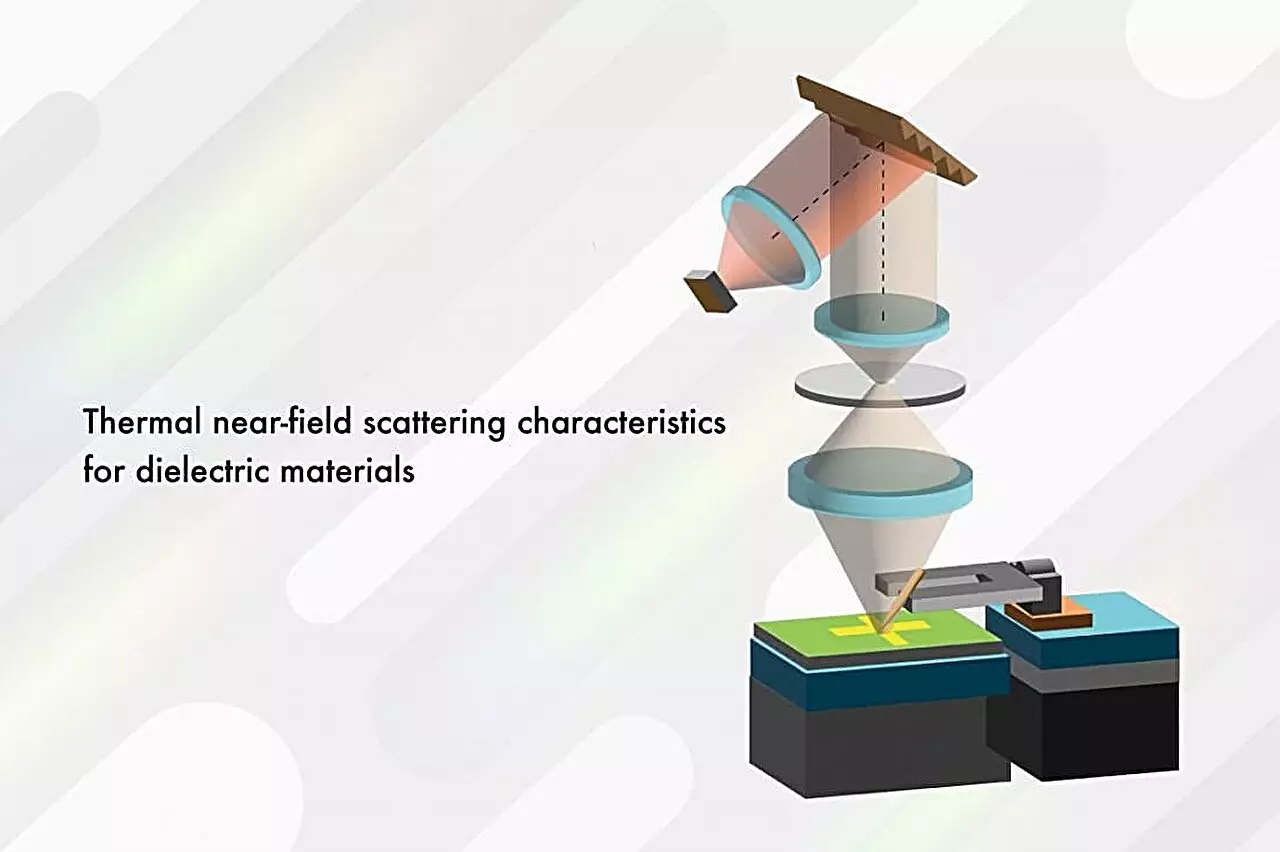Microscopes have long been used to study materials by irradiating them with light or electrons. However, a research group from the Institute of Industrial Science at the University of Tokyo is challenging this traditional approach. They are pioneering a new method that leverages the faint light emitted by materials themselves, generated by heat. This innovative technique aims to provide nanoscale precision in probing a material’s surface and extracting valuable characteristic information such as lattice distribution and electron temperatures.
Evanescent waves, short-lived electromagnetic waves that do not transport energy, play a crucial role in this groundbreaking approach. These waves can be created through the interaction of light with a material’s surface but can also be generated thermally. Heat is an intrinsic characteristic of all matter, and localized heat fluctuations within a material can transiently produce strong evanescent waves. By passively detecting these waves, the researchers at the University of Tokyo have unlocked the potential of a powerful new form of microscopy.
Unlike traditional active measurement techniques, which require the irradiation of a sample to gather characteristic information, this new approach relies on passive detection of the radiation emitted by the material itself. This eliminates the need for external illumination of the material’s surface. The research team achieved this by utilizing thermal infrared wavelengths to observe previously undetectable details. By harnessing the object’s own emission, the researchers opened up a world of possibilities for nanoscale material analysis.
The researchers tested their prototype instrument on two dielectric materials: aluminum nitride and gallium nitride. To their surprise, they observed weak scattering in the Reststrahlen band, an absorption band, without any exposure to light. This unpredicted phenomenon revealed the existence of polariton waves, which are waves caused by surface phonon resonance, within the Reststrahlen band. These findings challenged theoretical predictions and contribute to a deeper understanding of thermally excited evanescent waves.
The researchers are motivated to further develop this groundbreaking technology. They highlight that their instrument is currently the only one in the world capable of observing nanoscale temperature distributions on surfaces using terahertz wavelengths. As a prototype, there is room for improvement in its functionality, which remains a major goal. With this pioneering microscope technology, the team is still exploring the various applications and potential areas where it can be applied.
Looking ahead, the research group aims to refine their prototype instrument and enhance the detection model. Their ultimate goal is to achieve greater versatility and create a powerful non-destructive characterization technique with highly localized analysis capabilities for a material’s surface dynamics. By pushing the boundaries of traditional microscopy, the team at the University of Tokyo is paving the way for a new era of material analysis and exploration.


Leave a Reply